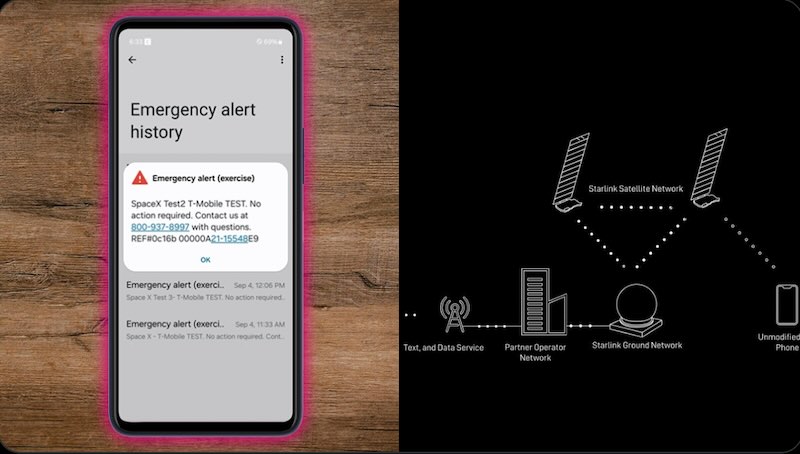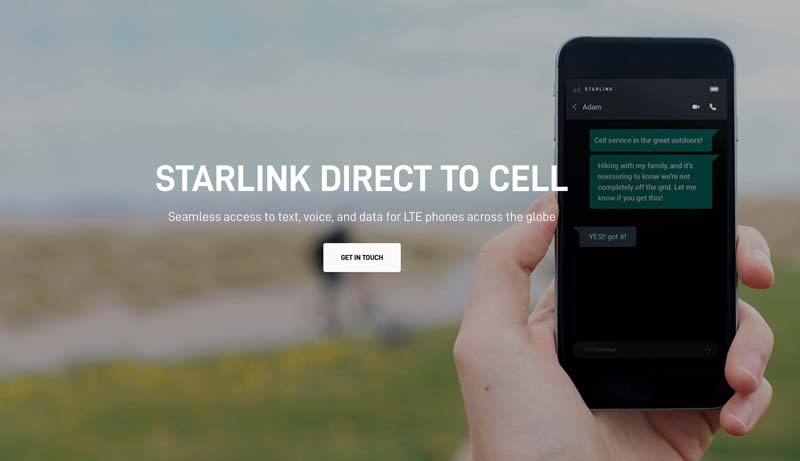The much-anticipated launch of SpaceX’s cellular Starlink technology for phones might be pushed back, according to recent statements from T-Mobile’s CEO. This development could signal a shift in the timeline for bringing satellite connectivity to mobile devices.
T-Mobile CEO Mike Sievert shared insights about the company’s collaboration with SpaceX to bring satellite connectivity to phones. In an interview with CNBC, Sievert indicated that the beta program for the “direct to cell” service might not commence until “late this year or early into next year.” This timeframe contrasts with SpaceX’s earlier communication to the Federal Communications Commission (FCC), which suggested a fall launch for the cellular Starlink service in the US.
While Sievert didn’t explicitly state reasons for the possible delay, several factors could be at play. The mention of a beta program suggests that T-Mobile and SpaceX are opting for a phased approach, starting with a limited rollout before expanding the service more broadly.

SpaceX has been making steady progress in launching the necessary infrastructure for cellular Starlink. The company previously indicated a need for approximately 300 cellular Starlink satellites in Earth’s orbit to initiate the service for US customers. Recent launches have brought the total to just over 200 satellites, inching closer to the required threshold.
One significant obstacle facing the SpaceX-T-Mobile partnership is regulatory approval. The companies are still awaiting clearance from the FCC to offer cellular Starlink services to US users. Additionally, SpaceX is pushing for permission to operate these satellites beyond normal radio frequency limits, a move that could enhance signal quality but has faced opposition from competitors.
AT&T and Verizon, backing a rival satellite provider, have voiced concerns about SpaceX’s request to exceed radio frequency limits, (SpaceX vs AT&T & Verizon: The Battle for Cellular Starlink). They argue that such an increase could potentially interfere with and degrade service for terrestrial mobile broadband networks. SpaceX, in response, has characterized these objections as “last-minute attempts to block a more advanced supplemental coverage partnership.”
Despite the challenges, SpaceX has been conducting private tests of the cellular Starlink satellites, reporting download speeds as high as 17Mbps. Notably, this connectivity has shown compatibility with unmodified iPhones, Android phone devices in both outdoor and indoor environments.
As the launch date for cellular Starlink continues to orbit around uncertainty, stakeholders across the industry are keeping their antennas tuned for further developments. Will this satellite-to-phone technology launch into the mainstream on schedule, or will it remain in a holding pattern?
Related Post
FCC Chair Calls for More Competition to Starlink: A Space Race Heats Up
SpaceX Starlink Constellation Nabs FCC Approval for Next-Gen Satellites Upgrades
T-Mobile and SpaceX Starlink Direct-to-cell Break New Ground with Satellite-Powered Emergency Alerts
SpaceX Starlink Provide Emergency Alerts to All Wireless Users in Cellular Dead Zones
